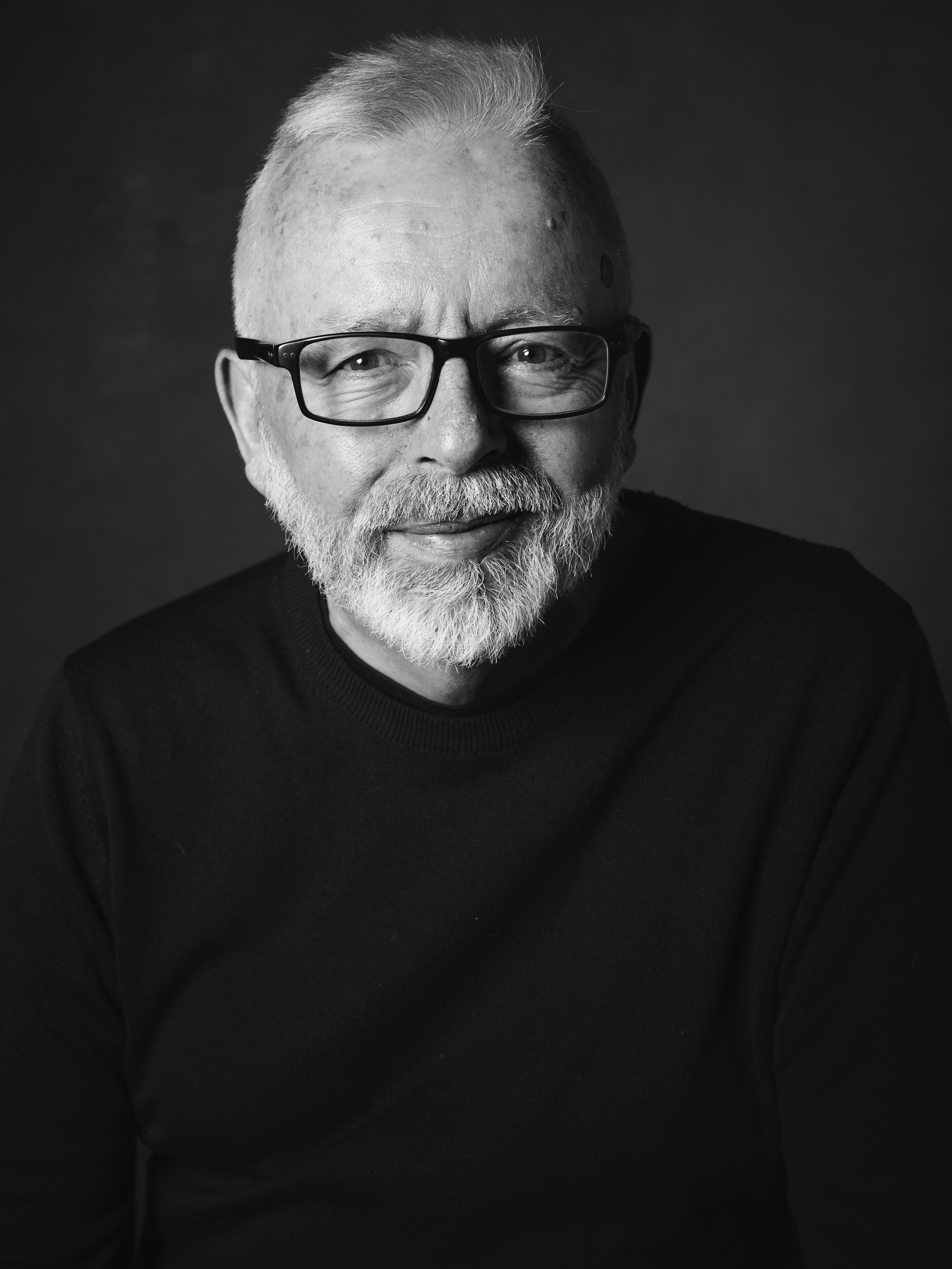Surviving 50 years in advertising
Mike Preston has worked in advertising for five decades. He shares with Mumbrella his lessons, learnings and losses, across a career that’s spanned two countries, various agencies, multiple recessions and a schizophrenia diagnosis in his immediate family.
This article was going to be about what I learnt in 50 years of working in advertising, but with the world heading toward economic recession, I have written about what I have
learnt working and surviving three world recessions and a number of financial shocks.
To set the scene, I began my career in December 1969 in London. There was a cultural and social revolution in the UK, the baby boomers were young and were beginning to
change the world. The UK advertising industry had been influenced by the creative revolution started on Madison Avenue by Bill Bernbach.
Against this backdrop, I started my first job was as a junior art director at an agency called Vernons. The agency may not shine bright in the history of advertising, but its
creative director Tony Brignull certainly does. Tony was on his way to becoming one of the industry’s most highly regarded and awarded copywriters. I learnt a lot from Tony
and from the amazing art directors and copywriters in his creative team.



At last a measured perspective. None of this ‘what I learnt working from home nonsense’ or another muppet on Zoom. Great work.
This was a really great read.
Thank you.
I had the enormous pleasure of working as Mike’s partner for several years at Clemenger. This article reminds me of the quiet inspiration he provided everyday.
Great read Mike. You are a very talented creative. Catch up soon.